The Dream-World of Lud-in-the-Mist
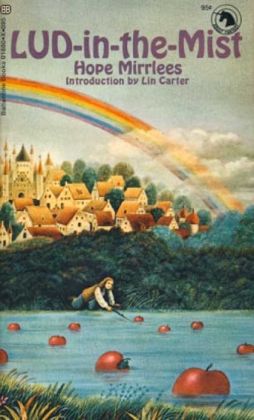 Hope Mirrlees’ stunning 1926 novel Lud-in-the-Mist begins with the following epigraph:
Hope Mirrlees’ stunning 1926 novel Lud-in-the-Mist begins with the following epigraph:
The Sirens stand, as it would seem, to the ancient and the modern, for the impulses in life as yet immoralised, imperious longings, ecstasies, whether of love or art, or philosophy, magical voices calling to a man from his “Land of Heart’s Desire,” and to which if he hearken it may be that he will return no more — voices, too, which, whether a man sail by or stay to hearken, still sing on.
It’s a quote from the classical scholar Jane Harrison, who was Mirrlees’ close companion at the time Mirrlees was working on Lud-in-the-Mist. It’s a perfectly chosen introduction to the book. It sets out the themes, and to an extent the method, which Mirrlees used: the conflict between instinctive desires and the conscious will, that tries to repress those desires and establish a social harmony — all symbolically realised through the imagery of myth and fantasy.
The sirens sang to Odysseus, who had himself lashed to his mast to hear their song while his crew went about their duties with their ears stopped up with wax. Apollonius of Rhodes says that they also sang to the Argonauts, but that their song was overcome by Orpheus, and the sirens threw themselves into the sea and became rocks. And I will note here, for reasons that should become clear later, that Apollonius also says that only a little later the Argonauts came to the garden of the Hesperides, in the far west, where the golden apples of Gaea had been kept, a marriage gift for Hera, until Hercules had took them as part of his labours.
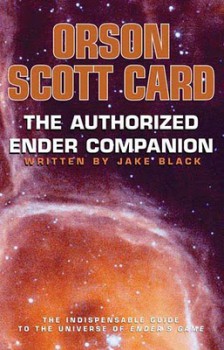 The Authorized Ender Companion
The Authorized Ender Companion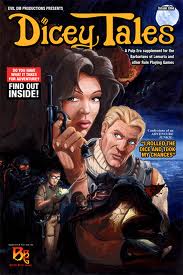
 The June 20th edition of John Clute’s
The June 20th edition of John Clute’s 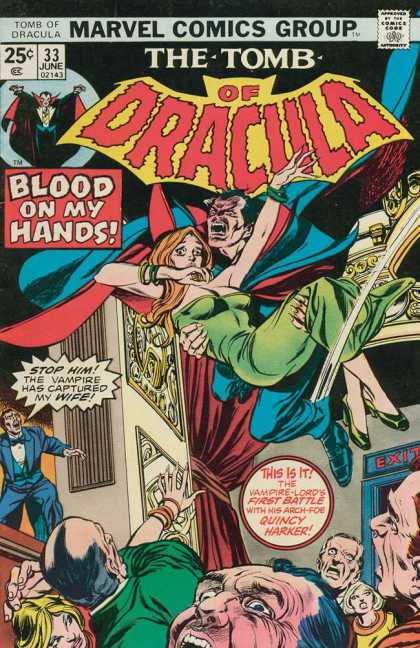
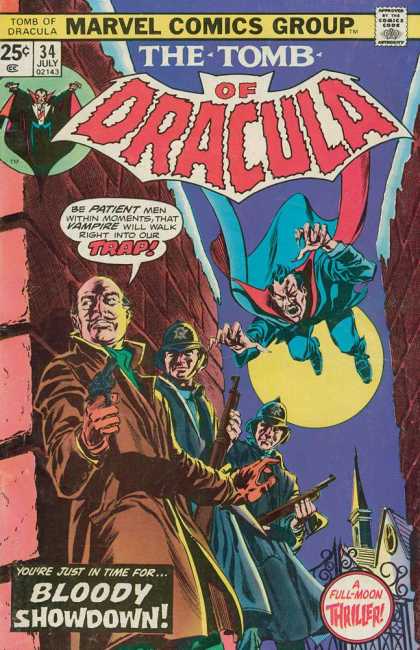
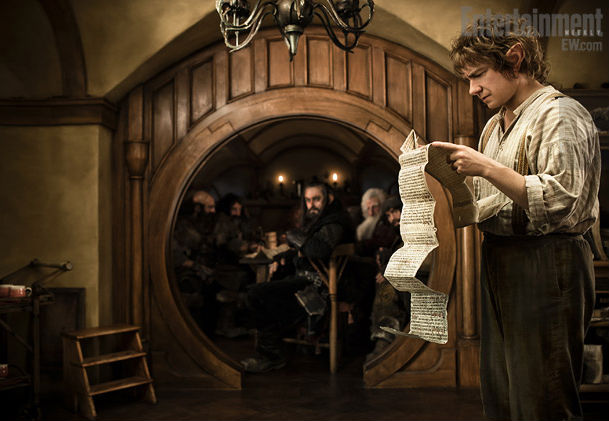
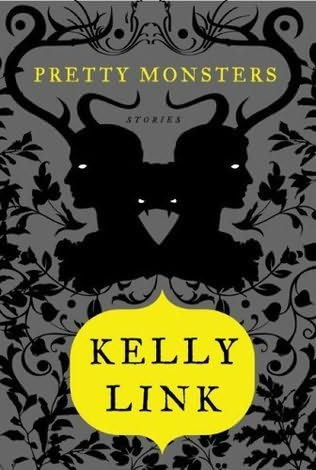 So I’ve been listening to
So I’ve been listening to 
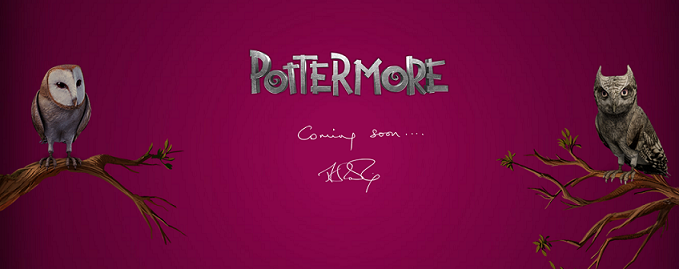 Harry Potter author J.K. Rowling announced this morning (video
Harry Potter author J.K. Rowling announced this morning (video 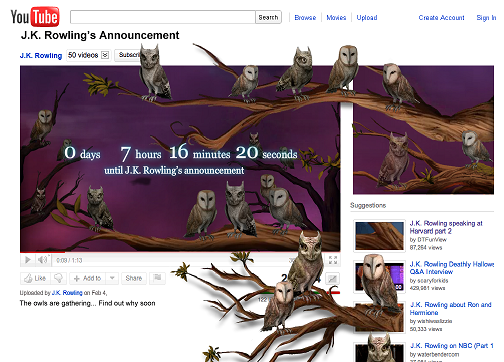 For about a week, rumors have been swirling across the internet about the exact nature of
For about a week, rumors have been swirling across the internet about the exact nature of 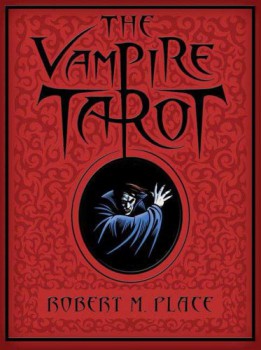 The Vampire Tarot
The Vampire Tarot